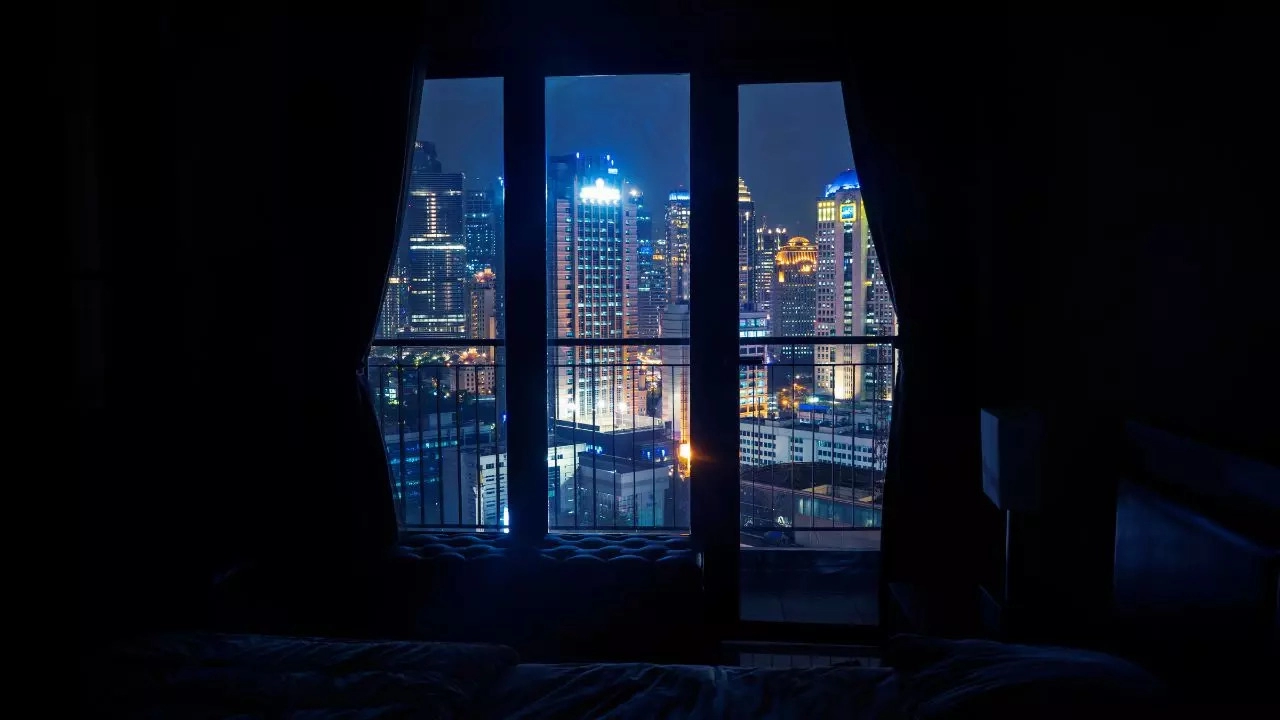Debosmita Ghosh • 07 Sep 2024
Study Finds Link Between Alzheimer’s Disease And Nighttime Outdoor Light Pollution

Know How Nighttime Outdoor Light Pollution Can Cause Alzheimer’s Disease
A recent study has found a connection between Alzheimer’s disease (AD) and nighttime light pollution from the outdoors. The study was conducted by researchers at the Rush University Medical Center, US.
Alzheimer’s disease is a condition of the brain which slowly destroys memory and thinking skills and then the person eventually loses the ability to perform the simplest of daily tasks. The National Institute of Health says that in most people with the disease — those with the late-onset type symptoms first appear in their mid-60s. “Early-onset Alzheimer’s occurs between a person’s 30s and mid-60s and is very rare. Alzheimer’s disease is the most common cause of dementia among older adults.”
For the study, the researchers analysed light pollution maps of the lower 48 US states and used medical data about variables known or believed to be risk factors for AD in their analysis. They generated nighttime intensity data for every state and divided them into five groups, from lowest to highest nighttime light intensity.
The researchers have found that nighttime light pollution is more strongly correlated with the prevalence of Alzheimer's disease (AD) in people aged under 65, than other risk factors like alcohol abuse, chronic kidney disease, depression, and obesity. Other risk factors, like diabetes, high blood pressure, and stroke were more strongly associated with AD than light pollution.
The researchers also found that higher nighttime light intensity was associated with a greater AD prevalence than any other risk factor examined in the study for people under the age of 65.
The researchers said that this suggests that younger people may be particularly sensitive to the effects of light exposure at night. While it is unclear why younger people are more vulnerable, it could be due to individual differences in light sensitivity.
Dr Robin Voigt-Zuwala, Study First Author and Associate Professor at Rush University Medical Center said, “Certain genotypes, which influence early-onset AD, impact the response to biological stressors which could account for increased vulnerability to the effects of nighttime light exposure. Additionally, younger people are more likely to live in urban areas and have lifestyles that may increase exposure to light at night.”
Dr Voigt-Zuwala added, “We show that there is a positive association between AD prevalence and exposure to light at night, particularly in those under the age of 65. Nightly light pollution – a modifiable environmental factor, may be an important risk factor for AD.”
The researchers hope that their findings can help educate people about the potential risks of light at night and encourage lifestyle changes to prevent the onset of diseases like Alzheimer’s and other debilitating conditions.
“Awareness of the association should empower people – particularly those with risk factors for AD – to make easy lifestyle changes. Easy to implement changes include using blackout curtains or sleeping with eye masks. This is useful, especially for those living in areas with high light pollution,” noted Dr Voigt-Zuwala.
The researchers also highlighted that light exposure inside the home might be as important as light exposure from the outside. While this study did not analyse the impact of inside light, the researchers said that blue light has the greatest impact on sleep and therefore, using blue light filters, swapping to warm light and installing dimmers in the home can effectively reduce light exposure.
(With inputs from agencies)
Get Latest News Live on Times Now along with Breaking News and Top Headlines from Health and around the world.